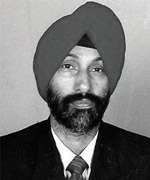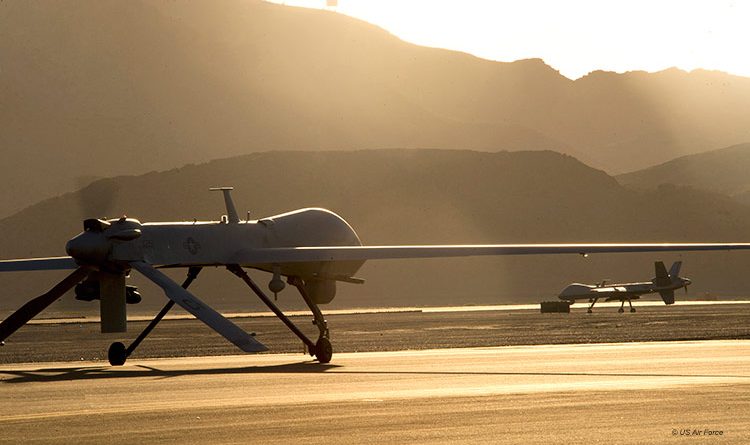Guest Column | Combat Multiplier
 Lt Gen. B.S. Pawar (retd)
Lt Gen. B.S. Pawar (retd)
The revolution in unmanned warfare has been a long time coming. In the past decade, unmanned aerial vehicles (UAVs) have progressed from being minor players in the Intelligence and Situational Awareness (ISA) role to being a key part of combat operations as seen in Iraq and Afghanistan, with single platforms now capable of achieving the entire Find, Fix Track, Engage and Assess kill chain. UAVs today are also providing exclusive capability to forces engaged in sub-conventional operations, especially in the global war on terrorism in Afghanistan and Pakistan. Current technologies make today’s UAVs more sophisticated than ever and are expanding their role in combat operations. As range, altitude and loiter time increase, the UAVs are providing beyond line of sight reconnaissance, fires and over watch.
This has been amply demonstrated by the extensive and successful employment of the US Global Hawk and Predator UAVs for all types of missions, both intelligence, surveillance and reconnaissance (ISR) and combat during Operations Desert Storm and Enduring Freedom. Some of these UAVs/UCAVs were being piloted for missions in Iraq and Afghanistan from halfway across the globe in Nevada and California, more than 8,000 miles from the killing zone, providing real time video feeds to troops on ground. However, the vast majority of roughly 1,500 UAVs flying in Iraq and Afghanistan were much smaller, controlled by soldiers and marines on the ground like the ‘Raven’ – an essential component of ISR. Today, technologically advanced militaries across the world have incorporated UAVs as a new critical and combat enhancing component of their inventory. While Israel and the US shave been the pioneers in UAV development and employment, at least 14 other countries are now using/developing over 76 different types of UAVs for all types of ISR missions including combat.

An MQ-1B Predator (left) and an MQ-9 Reaper at Creech Air Force Base Nevada
Employment Philosophy
Information is an element of combat power and a combat multiplier in the hands of a commander. Field commanders require an organic, responsive, economically viable, multi-source, long endurance, near real time reconnaissance capability to collect, process and report intelligence throughout the level of conflict. The answer lies in the use of UAVs, with their inherent characteristics to provide the flexibility to operate in the extended battlespace, thereby enabling the ground forces to see first, understand first, act first and finish decisively. Most importantly, UAVs are not impeded by restraints imposed on manned systems where both the aircraft and crew could be lost – they are increasingly being employed for missions that were hitherto the domain of manned aircraft. The concept of killer/hunter UAVs for strike missions is a reality in Afghanistan. The Predator, carrying two ‘hellfire’ missiles has been extensively used by the US forces for strike missions against the Taliban and al Qaida militants in Afghanistan and Pakistan’s tribal areas.
Current military UAVs perform reconnaissance as well as attack missions. Though ISR mission still remain the predominant roles, other areas of employment include electronic attack, strike missions, suppression and/or destruction of enemy air defence, network node or communications relay and combat search and rescue. The combination of loiter time and layered employment of UAVs provide the critical capability needed to support network centric operations. It is difficult to imagine how any future operation would be conducted without commanders both in the front line and rear having their situational awareness enhanced 24/7 by near real time video feeds.
Sub-conventional Operations UAVs are providing exclusive capabilities for forces engaged in the global war on terrorism. The counter insurgency/counter terrorist (CI/CT) operations require timely, responsive and accurate intelligence to succeed and the UAV is the best suited weapon platform for this task. The UAV is capable of operating in a permissive as well as non-permissive (within another country’s sovereign airspace) environment and with a variety of sensors suitab
Subscribe To Force
Fuel Fearless Journalism with Your Yearly Subscription
SUBSCRIBE NOW
We don’t tell you how to do your job…
But we put the environment in which you do your job in perspective, so that when you step out you do so with the complete picture.








